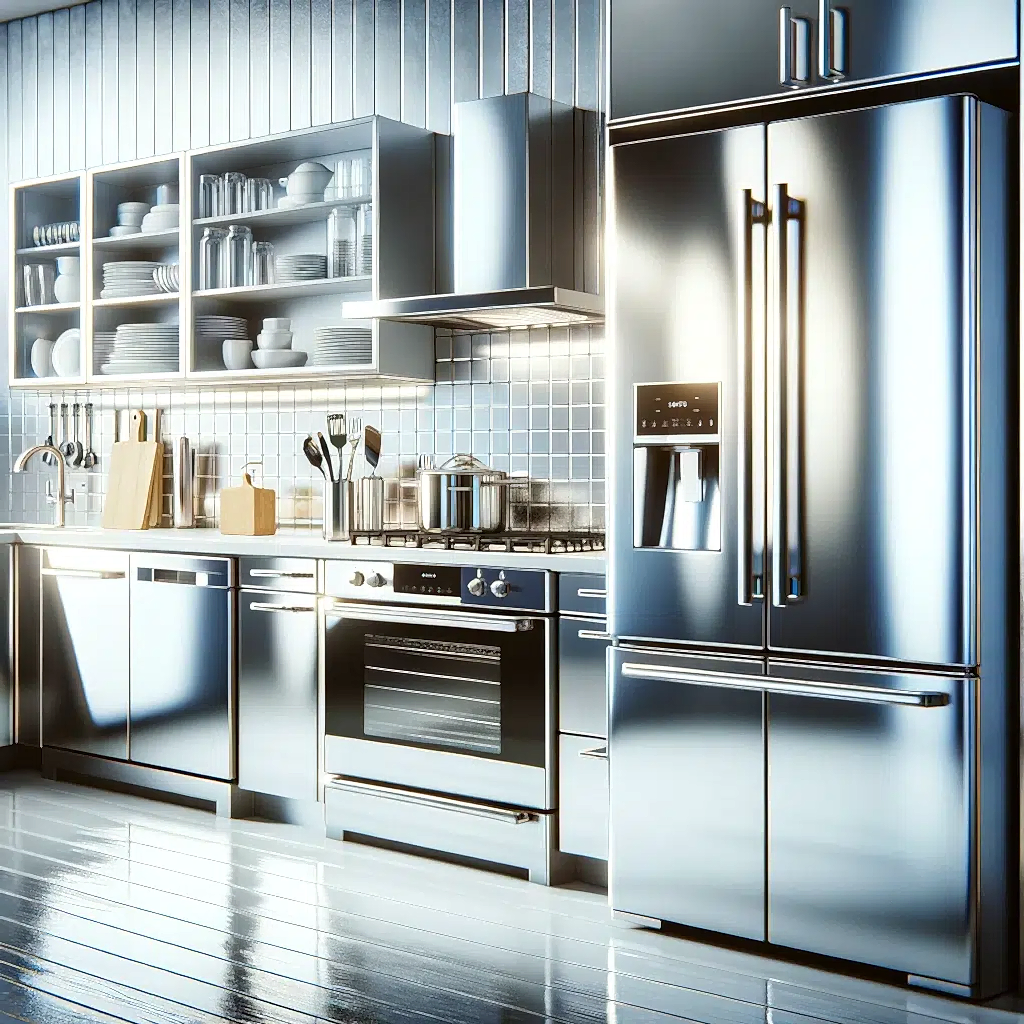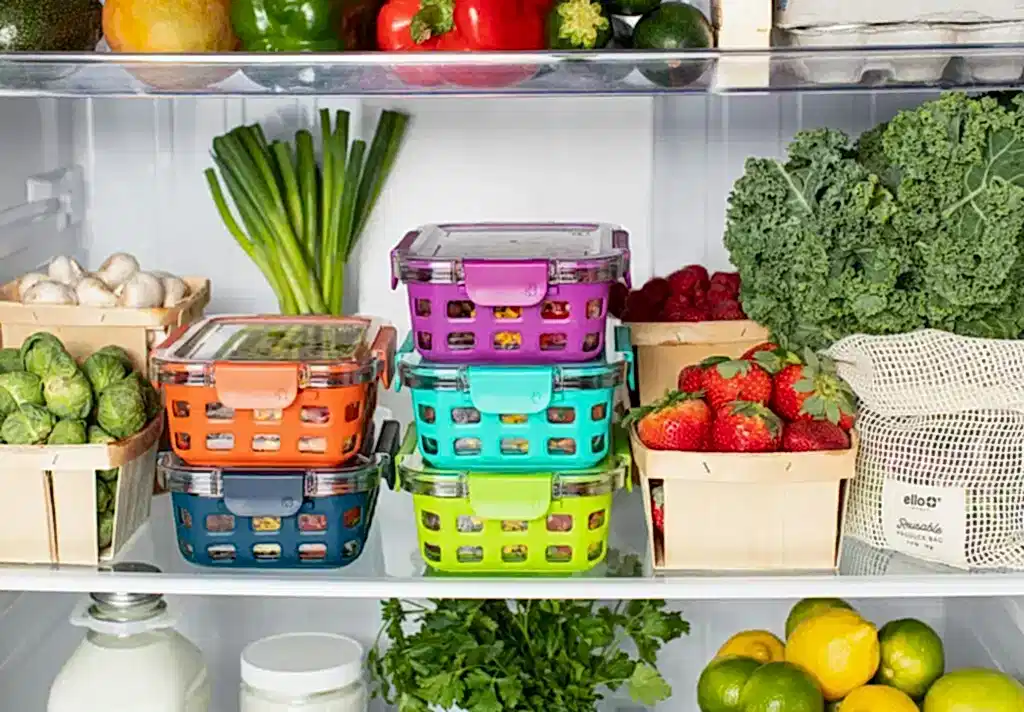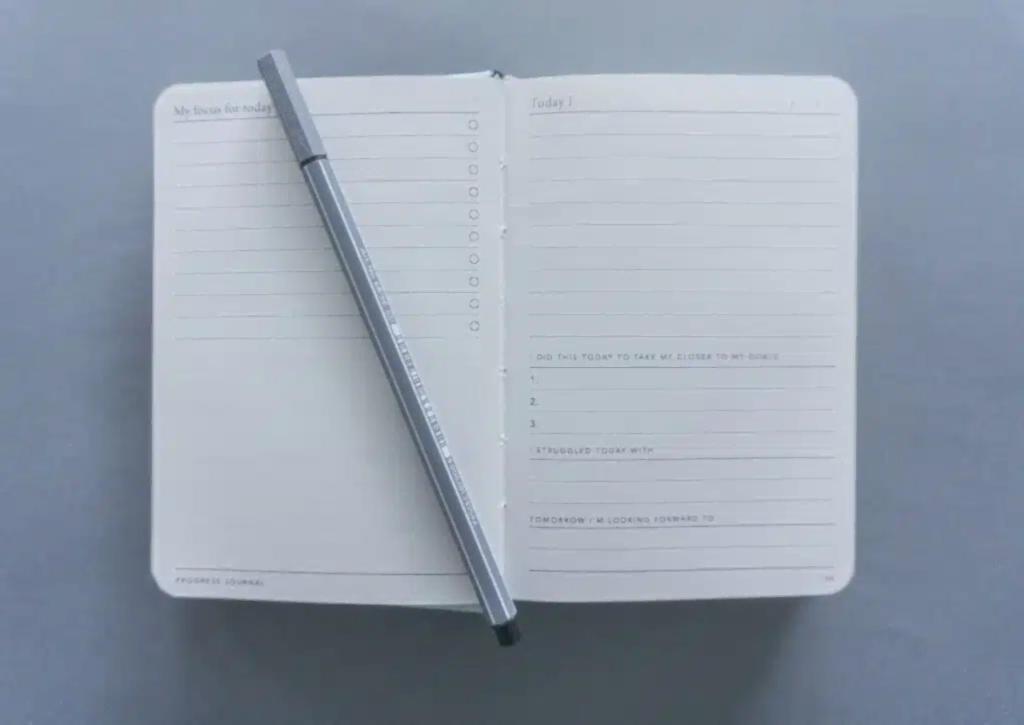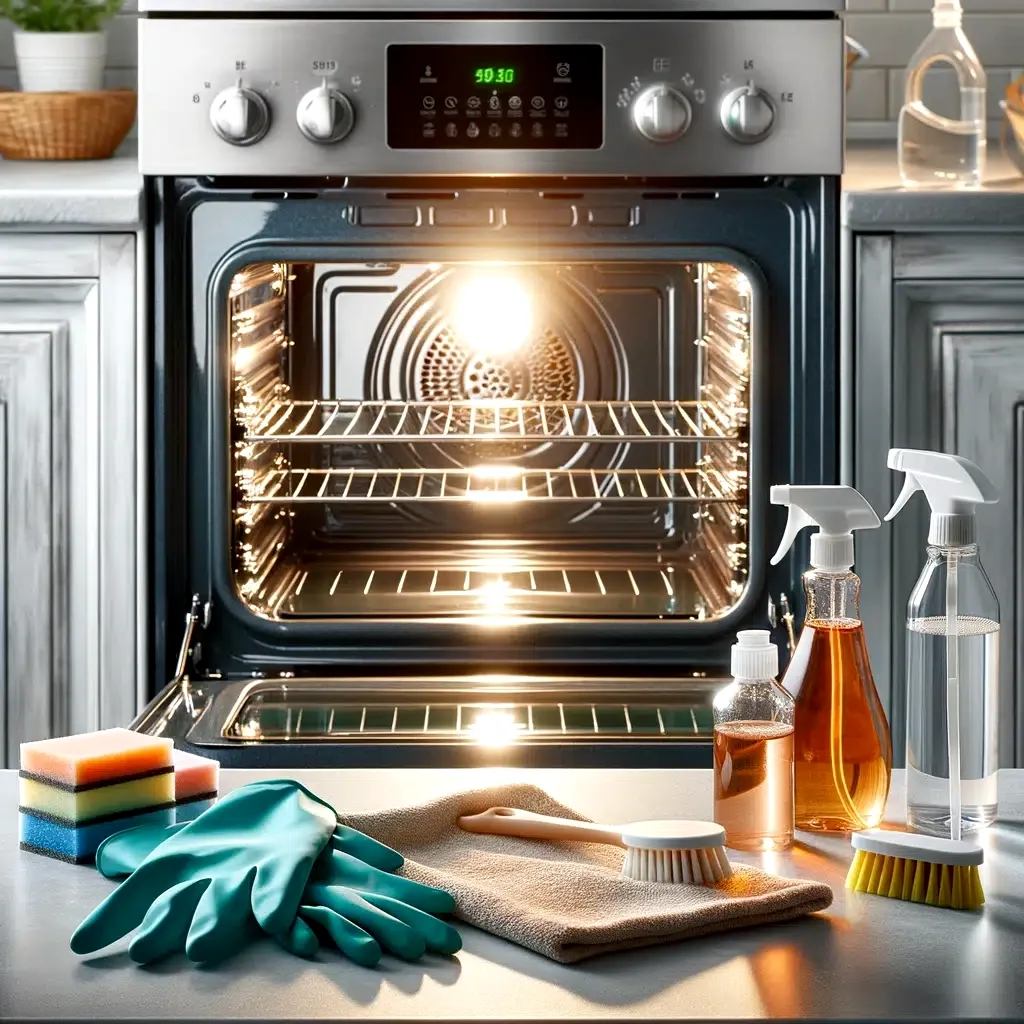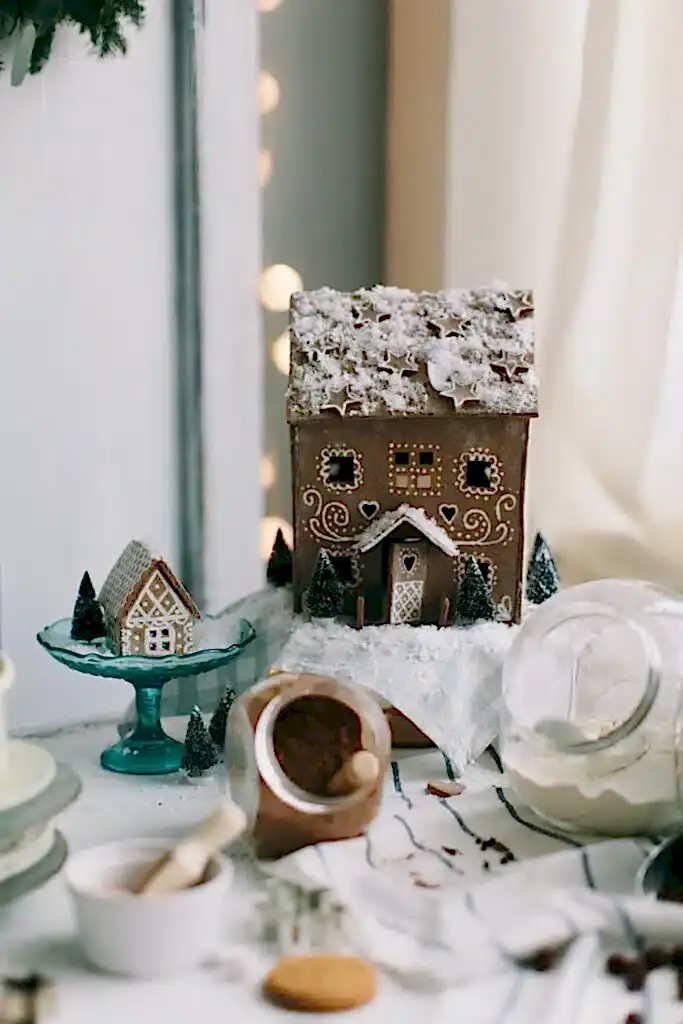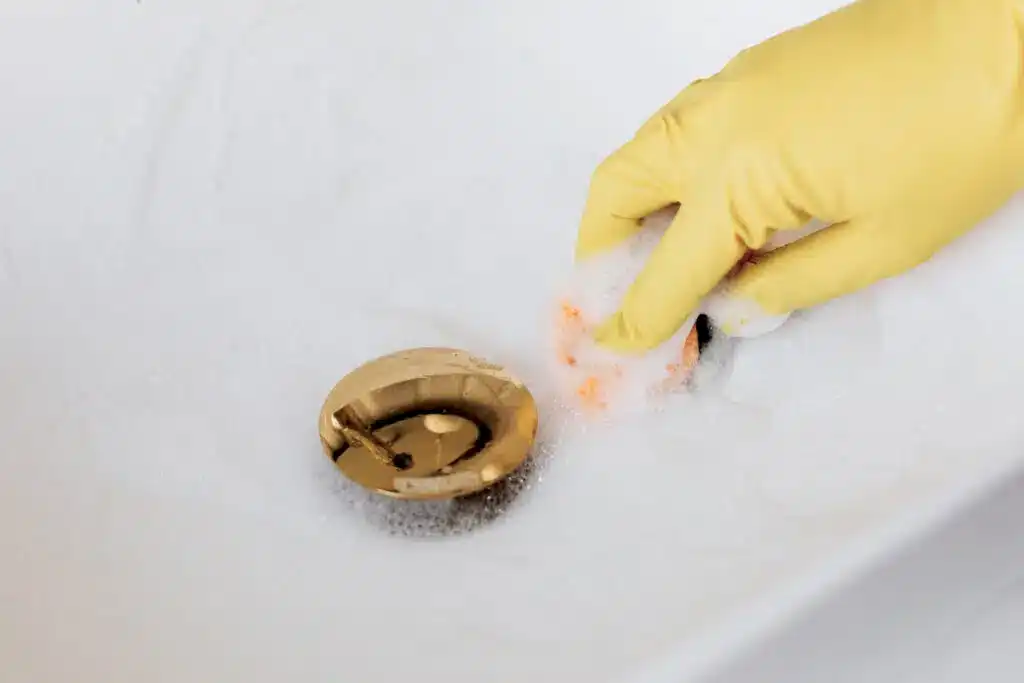5 Tips to Perfectly Clean Stainless Steel Appliances
Hey there, folks! Today, we’re diving into a shiny topic – keeping those stainless steel appliances in your kitchen looking absolutely fabulous! A clean Stainless Steel is sleek, modern, and oh-so-classy, but let’s face it, it can be a bit of a diva when it comes to cleaning. Streaks, fingerprints, and smudges – we’ve all been there. But worry not, I’ve got some easy-peasy tips to make your stainless steel appliances sparkle like new! 1. Start with the Right Tools First up, let’s give a big shoutout to microfiber cloths. These aren’t your ordinary rags. Microfiber cloths are the secret stars of the cleaning world. They’re made of super fine fibers that are softer than silk. When you use a microfiber cloth, you’re not just wiping the surface; you’re giving it a gentle hug. This means they won’t leave any scratches or marks on your stainless steel, which is crucial because who wants a scratched-up fridge or dishwasher? Not me! Microfiber cloths are like dirt and grease magnets. They pick up and hold onto grime, so you’re not just moving dirt around, you’re actually lifting it off the surface. Plus, they’re reusable – just toss them in the wash and they’re good as new. Eco-friendly and economical? Yes, please! Moving on to cleaners, there’s a common misconception that you need strong, harsh chemicals to get stainless steel clean. But in reality, it’s the complete opposite. Stainless steel responds best to gentler, more loving care. Often, all you need is a mix of warm water and a mild dish soap. This combo is gentle yet effective enough to tackle everyday grime without damaging the surface. For those tougher spots – you know, the ones that make you think they’re going to live on your toaster forever – white vinegar is your go-to. White vinegar is like the unsung hero of the natural cleaning world. It cuts through grease and grime without being too harsh. It’s also great for dealing with water spots that tend to make stainless steel look dull. Just mix it with some water, and you’ve got yourself a powerful cleaner that’s still gentle on your appliances. 2. Follow the Grain When we think of stainless steel, we often imagine a smooth, uniform surface. However, if you take a moment to look a little closer, you’ll notice that just like wood, stainless steel has its own unique grain. This grain is essentially the subtle lines or striations that you can see on the surface. They might be vertical, horizontal, or even diagonal, depending on the appliance. Why does this matter? Well, when you’re cleaning, always wiping in the direction of this grain is like going with the flow of the river rather than against it. This approach is not just about being thorough; it’s about being smart. By aligning your cleaning strokes with the grain, you’re ensuring that every swipe of your cloth is maximally effective. It’s like each stroke is guided by the grain, allowing you to pick up and remove every bit of dirt and grime along the way. You might wonder if this extra attention to detail really makes a difference. The answer is a resounding yes! Firstly, following the grain helps to eliminate all the unwanted gunk more efficiently. This is because the grooves of the grain can trap particles, and wiping against the grain might just leave some behind. But when you wipe along the grain, you’re essentially guiding the dirt along the path of least resistance, right off the appliance. This method also plays a big role in preventing scratches. Stainless steel, despite its name and sturdy feel, can actually be quite susceptible to scratching. These scratches can be more visible if you clean in a haphazard manner. By following the grain, you reduce the risk of leaving behind those unsightly marks that can catch the light and show up like little battle scars on your otherwise pristine appliance. 3. Spot Treatment Let’s talk about fingerprints first. If you have stainless steel appliances, you know the struggle. It seems like all it takes is one glance in their direction, and poof! Fingerprints everywhere. These little reminders of our daily life can be quite the eyesore on otherwise pristine surfaces. But don’t despair, there’s a surprisingly simple solution: olive oil. Yes, the same stuff you use in your salad dressing can actually help with fingerprints on stainless steel. Remember this: moderation is key. You only need a tiny dab of olive oil on a soft cloth. Gently rub this over the fingerprints in a circular motion. What happens next is almost like magic. The oil helps to lift and remove these greasy smudges, leaving behind a clean, smudge-free surface. Plus, it adds a little bit of shine, making your appliance look even better. It’s like giving your fridge or dishwasher a mini spa treatment! Then there are those tough, baked-on messes that seem to cling on for dear life. Maybe it’s a splash of sauce that went unnoticed or a drip of something sticky that decided to make your oven its permanent home. For these, you’ll need something stronger than just soap and water. Enter the dynamic duo of baking soda and water. Mixing baking soda with a little water creates a gentle yet effective paste. This paste is kind of like an exfoliating scrub for your appliances. Apply it gently with a cloth to the stubborn spots. The mild abrasive nature of baking soda helps to lift the grime without scratching the surface. After a few minutes, wipe it off with a damp cloth, and you should see a noticeable difference. This method is especially great for areas that see a lot of action, like around the handles or control panels. 4. Shine It Up You might wonder, why glass cleaner? Well, it turns out that the same product that gives your windows and mirrors that streak-free sparkle can work wonders on stainless steel too. The beauty of glass cleaner
5 Tips to Perfectly Clean Stainless Steel Appliances Read More »
